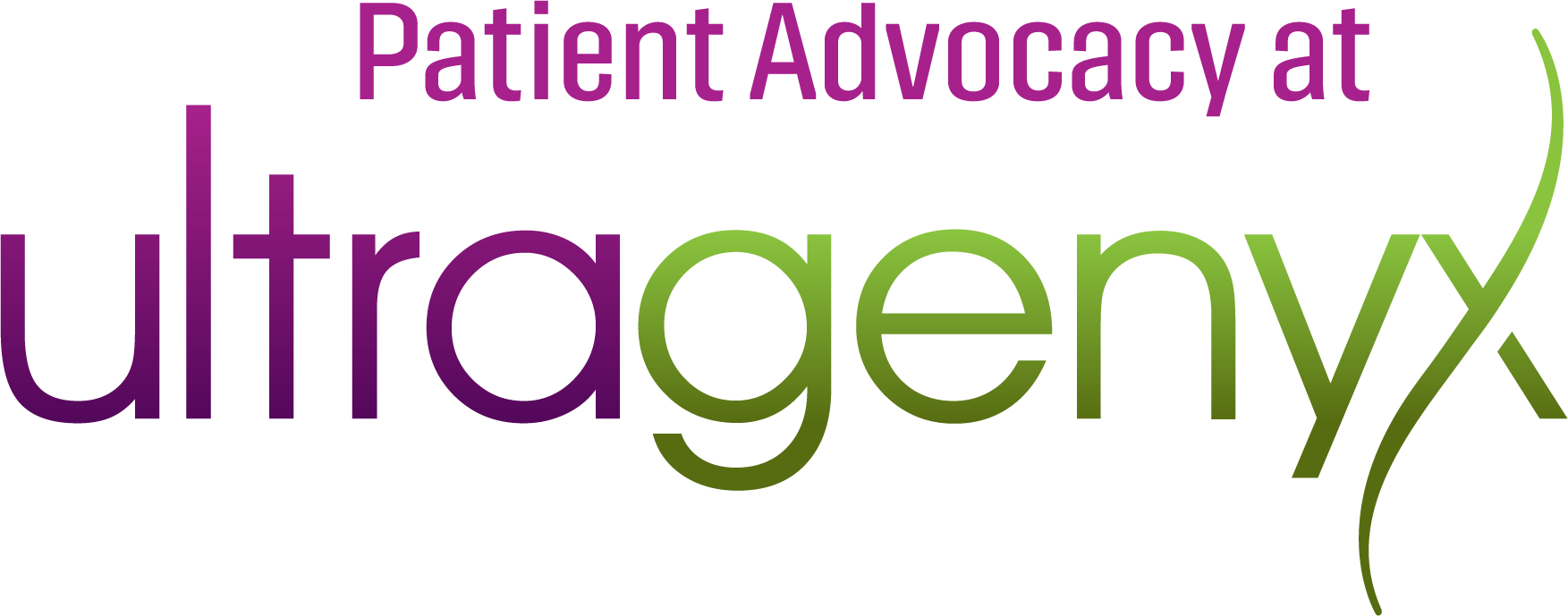The FDA you say?
Yes! The U.S. Food and Drug Administration (FDA) is the regulatory agency in the United States that reviews and approves (foods and) medicines for use in people. The FDA’s job is to ensure that medicines are safe and effective, and provides the public with accurate, science-based information about these medical products.1
The FDA has many opportunities for patients and families to contribute to the drug development process. The agency first included patient perspectives in FDA Advisory Committee meetings in 19912, and since then, has substantially increased efforts to listen to and consider patient and caregiver perspectives on a variety of topics such as burden of disease, desired treatment outcomes and treatment preferences. Visit the FDA website to learn more about the organization’s evolution and history of patient engagement.
The FDA frequently consults independent experts, such as scientific or medical experts (doctors, researchers, biologists), patients (see the FDA Patient Representative Program in this post), and consumer and industry representatives. The FDA may ask these experts to participate in advisory committee meetings to help them make regulatory decisions about new drugs, vaccines, medical devices, and discuss public health issues, after consideration of the scientific evidence. Hear experienced FDA Patient Representatives share their stories!
Why engage? Because sharing your experience is one of the most important ways to advocate for yourself and others! It can:
- Advance research and disease knowledge
- Help sponsors and FDA understand what it’s like to live with a disease
- Ensure potential therapies make a meaningful impact
- Educate stakeholders and the agency about what’s important to patient communities
Get Involved!
The FDA Patient Affairs Staff (PAS) is a dedicated group of individuals who coordinate and support patient engagement activities across medical product centers (which include the Center for Biologics Evaluation and Research (CBER) and the Center for Drug Evaluation and Research (CDER); see the FDA org chart) to facilitate awareness and collaboration with patients. Their goal is to involve patients in regulatory decisions through the following initiatives:
Learn more about FDA Patient Engagement by visiting: fda.gov/patients/learn-about-fda-patient-engagement. If you have any questions, be empowered to contact the PAS directly at [email protected] or 301-796-8460.
FDA Patient Representative Program
Patients or primary caregivers can become consultants in the FDA Patient Representative Program. Consultants can provide direct input into the agency’s decision-making process in more than 300 diseases and conditions.5 They are able to participate on FDA Advisory Committees as well as provide input into the medical product development and review process. Terms are four years and the number of activities can vary during that time. In order to become a consultant, you must meet the following criteria:
- Know about the disease
- Be active in the community
- Know about treatment options
- Avoid conflicts of interest
- Remain objective
- Be able to discuss your views5
Interested? Visit the Patient Representative Program webpage!
Rare Disease Patient Listening Sessions
PAS in partnership with the National Organization for Rare Disorders (NORD), hosts listening sessions to quickly engage and speak directly with patient communities (industry stakeholders are not invited). These small, informal sessions focus on disease experience. They are usually 1-2 hours via phone or in person at the FDA’s headquarters in Silver Spring, MD. Summaries from these meetings are posted here on the FDA website.
There are two types of patient listening sessions:3
- FDA-requested: The FDA asks a specific set of questions to patients from a particular population
- Patient-requested: Patient communities share their perspectives directly with the FDA. You can request a Patient Listening Session here.
Patient Engagement Collaborative (PEC)
This collaboration is a group of patient advocacy groups and individuals who discuss ways to enhance patient engagement in medical product development and regulatory considerations.4 The PEC meetings occur on a quarterly basis and members are expected to serve a total of 2 to 3 years. In order to be selected for the PEC, a nomination must be submitted when the FDA releases an official “call for nominations.” The first panel was selected in 2018.
Patients Ask the FDA
The FDA invites patients and their caregivers to use the Patients Ask FDA portal to ask questions to the FDA or to request a meeting. The portal is an opportunity for the patient community to ask a question or request a meeting with the FDA to share their disease experience or better understand the FDA’s regulatory work.
A Closer Look at Patient-Focused Drug Development Meetings
One of the more formal ways communities engage with the FDA is through patient-focused drug development (PFDD) meetings. From 2012 to 2017 under the fifth authorization of the Prescription Drug User Fee Act (PDUFA V), the FDA conducted 24 disease-specific, PFDD meetings to obtain the patient perspective on specific diseases and their treatments.6
The disease areas were selected based on public comment received through a Federal Register noticed that was published by the FDA. From those comments, the agency identified 39 disease areas as potential meeting topic candidates. Almost 4,500 comments addressing more than 90 diseases areas were submitted by groups such as patients, patient advocates, caregivers, and advocacy groups, with most of the comments being received from individual patients!7
Initially CDER only had funding for a certain number of these meetings per year, but after seeing the impact to patients, they developed a process for externally-led patient focused drug development meetings to expand the benefits to more disease areas. These meetings allow patient advocacy groups to organize their own meetings, which may or may not include FDA representatives.
FDA will determine its level of involvement on a case-by-case basis, taking into account a number of factors, including:
- An identified need for better understanding of patient perspectives
- Recent interactions with patient stakeholders
- Proposed meeting content
- FDA staff and resource capacity8
The topics covered during both FDA-led and externally-led PFDD meetings may include:6
- Symptoms, clinical and treatment outcomes that matter most to patients
- Patient perspectives on current treatment approaches
- Clinical trial considerations
- What is important to patients: a cure or being able to live better with their disease
Organizations interested in conducting an externally-led PFDD meeting should submit a Letter of Intent. More information can be found on the PFDD webpage here.
After each PFDD meeting, the FDA summarizes the input shared by patients and patient representatives in a Voice of the Patient Report.9 Patient communities who organize externally-led PFDD meetings can also prepare and share a Voice of the Patient Report with the FDA. Learn more about externally-led PFDD meeting reports and other resources here.
References:
- The Food and Drug Administration (FDA). What We Do. Retrieved March 12, 2020 from https://www.fda.gov/about-fda/what-we-do.
- The Food and Drug Administration (FDA). Learn About FDA Patient Engagement. Retrieved April 6, 2020 from https://www.fda.gov/patients/learn-about-fda-patient-engagement.
- The Food and Drug Administration (FDA). Patient Listening Sessions. Retrieved March 12, 2020 from https://www.fda.gov/patients/learn-about-fda-patient-engagement/patient-listening-sessions.
- The Food and Drug Administration (FDA). Patient Engagement Collaborative. Retrieved March 12, 2020 from https://www.fda.gov/patients/learn-about-fda-patient-engagement/patient-engagement-collaborative.
- The Food and Drug Administration (FDA). About the FDA Patient Representative Program. Retrieved March 12, 2020 from https://www.fda.gov/patients/learn-about-fda-patient-engagement/about-fda-patient-representative-program.
- The Food and Drug Administration (FDA). FDA-led Patient-Focused Drug Development (PFDD) Public Meetings. Retrieved March 6, 2020 from https://www.fda.gov/industry/prescription-drug-user-fee-amendments/fda-led-patient-focused-drug-development-pfdd-public-meetings
- The Food and Drug Administration (FDA). Federal Registrar Notice, Vol. 78, No. 70. Retrieved April 6, 2020 from https://www.govinfo.gov/content/pkg/FR-2013-04-11/pdf/2013-08441.pdf.
- The Food and Drug Administration (FDA). Externally-led Patient-Focused Drug Development Meetings. Retrieved April 7, 2020 from https://www.fda.gov/industry/prescription-drug-user-fee-amendments/externally-led-patient-focused-drug-development-meetings.
- The Food and Drug Administration (FDA). The Voice of the Patient: A Series of Reports from FDA’s Patient-Focused Drug Development Initiative. Retrieved April 6, 2020 from https://www.fda.gov/industry/prescription-drug-user-fee-amendments/voice-patient-series-reports-fdas-patient-focused-drug-development-initiative.

